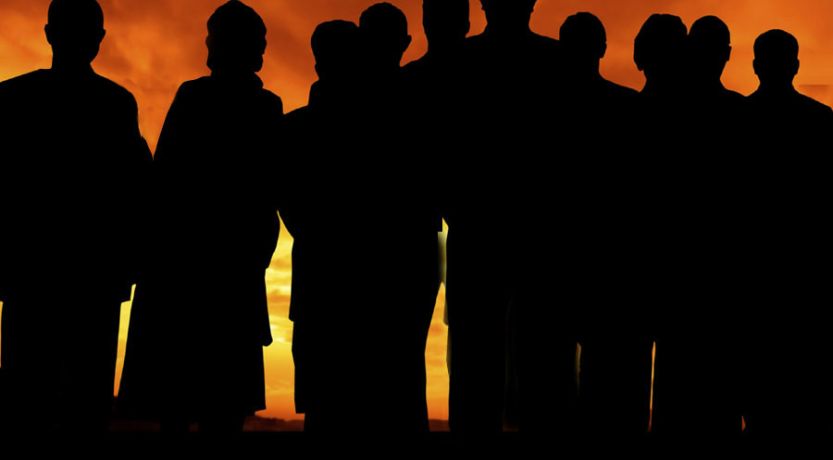How could 10 of the tribes of Israel be lost? What happened? Why do some people refer to these tribes as the 10 lost tribes?

Although there were originally 12 tribes in the ancient nation of Israel, these family units separated into two kingdoms after the death of King Solomon. In the time leading up to this division, God revealed that 10 of the tribes would unite under Jeroboam (1 Kings 11:29-31), the challenger to Solomon’s son Rehoboam.
As explained in our more extensive article on this subject, “Lost Tribes of Israel,” the 10 tribes that followed Jeroboam retained the name of Israel. The tribes that remained faithful to Rehoboam, Solomon’s son, then became known as Judah. Although the primary tribe was Judah, the smaller tribe of Benjamin was also part of this kingdom (1 Kings 12:23) along with the Levites who remained at the temple in Jerusalem.
Before continuing, let’s briefly note a few things about the tribes that clearly didn’t get lost.
The kingdom of Judah
The name “Judah” was apparently selected as the name of the kingdom that remained faithful to Rehoboam because Judah was the tribe from which King David and his family, including Solomon and Rehoboam, had come (1 Samuel 17:12; 2 Samuel 19:11-12, 41-42; Revelation 5:5). Several passages of the Bible give this indication.
After the death of Saul, the men of Judah were the first to anoint David as king over their tribe (2 Samuel 2:4). At this time, “only the house of Judah followed David” (verse 10). After David had ruled over Judah for seven and a half years, the rest of the tribes finally accepted David as king over them (2 Samuel 5:1-5). During the rebellion led by Sheba, only the tribe of Judah remained faithful to David (2 Samuel 20:2). This loyalty to a family from their tribe was apparently a significant factor in the selection of “Judah” as the name of the nation ruled by Rehoboam.
Although the nation of Judah also committed grievous sins, God promised that He “would not destroy Judah, for the sake of His servant David, as He promised him to give a lamp to him and his sons forever” (2 Kings 8:19).
After 70 years of captivity in Babylon, “the heads of the fathers’ houses of Judah and Benjamin, and the priests and the Levites, with all whose spirits God had moved, arose to go up and build the house of the LORD which is in Jerusalem” (Ezra 1:5). The history of the people representing these tribes has been well documented through succeeding years.
The kingdom of Israel’s demise
Unlike the history of the kingdom of Judah, information about the tribes that were part of the kingdom of Israel after its fall in 722 B.C. has been so sparse that some have referred to these peoples as the “10 lost tribes.” After being transported to “Halah, Habor, Hara, and the river Gozan” (1 Chronicles 5:26) in the land of Assyria, they seem to almost disappear.
Of course, these 10 tribes aren’t really lost. The descendants of these peoples continue to exist. To learn more about where these so-called “10 lost tribes” are today, be sure to read “Lost Tribes of Israel” and the other articles on this section about the “12 Tribes of Israel.”





